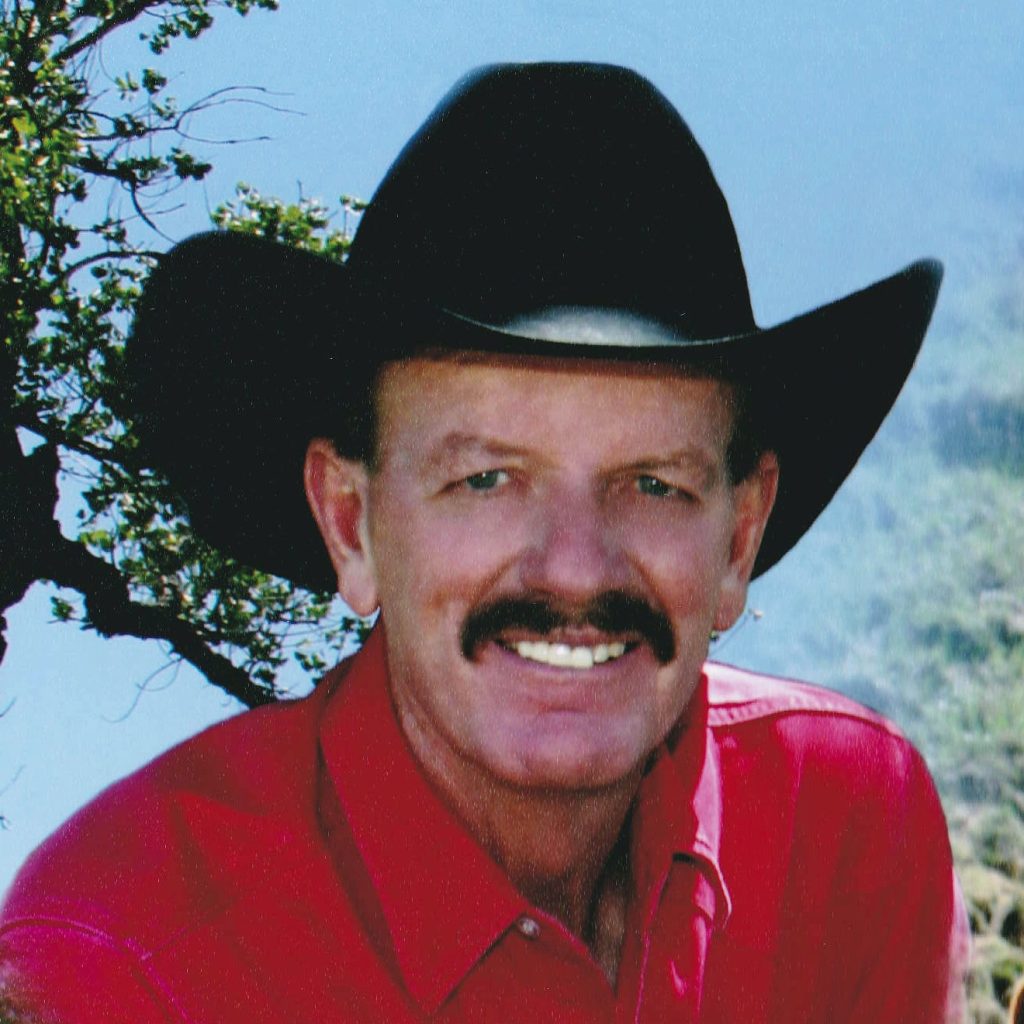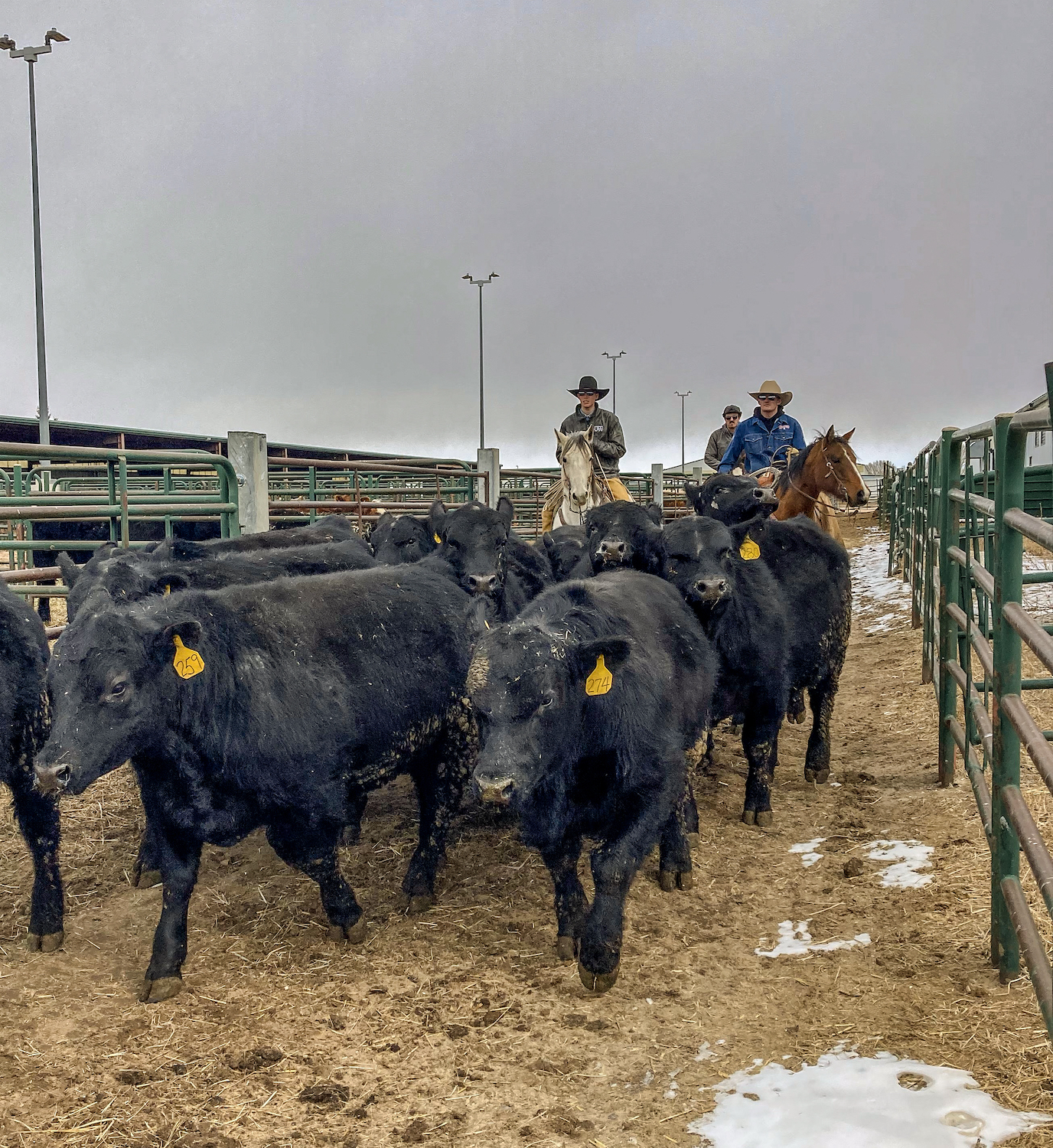Here we go again. That is almost every yearly meeting when the state’s sale barns would get together and talk about issues in the cattle business. One issue appears to try to cram down our throats is a national identification on cattle. They call this committee the “Cattle Health and Well Being Committee.”
I’m not against the traceable ID on cattle but instead of cramming it down our throats let’s do it only if it is a profitability for the individual cattle man. Not just what the National Cattlemen’s Beef Association wants. It seems to me whatever NCBA wants then most all of our state cattle organizations get in line with them and agree.
One problem I have with national ID on all cattle is it simply adds $3 to $5 to all cattle selling at the sale barns which in turn makes sellers more willing to bypass sale barns. And if they allow the feedlots to identify them after they arrive it’s not that big of a deal because they run all receiving cattle through the chute anyway, so it gives feedlots an advantage over cattle auctions. And all sellers simply figure total cost to sell one. They never consider what each expense is.

In this rule process they said they would allow movement between adjoining states on pasture-to-pasture permits at the discretion of the involved state animal health officials. Well guess what these rules will be whatever benefits them. It does say it will allow for separate rule making process for cattle under 18 months of age. But read between the lines once they get them over 18 months all required to have ID tag then it is an easy transition to require those under 18 months. And ironically with all this said they never once said they would implement Country of Origin labeling, and why is that? Because the packer and retailer can make more by buying meat from God knows where and acting like it is from the U.S. I challenge you to pull it up online and ask yourself what this accomplishes for the individual cattlemen.
A friend went with his wife grocery shopping. He picked up a case of beer and put it in the cart. His wife said, “What are you doing? Put them back we can’t afford that.” They continue shopping. Later on she puts a $20 jar of face cream in the basket. The husband said, “What are you doing?” She said, “It’s my face cream and it makes me look beautiful.” He said, “So does the 24 cans of beer and it’s half the price.” I just picked my friend up at the hospital. He has a broken nose and three busted ribs.
Editor’s note: The views expressed here are the author’s own and do not represent the view of High Plains Journal. Jerry Nine, Woodward, Oklahoma, is a lifetime cattleman who grew up on his family’s ranch near Slapout, Oklahoma.

